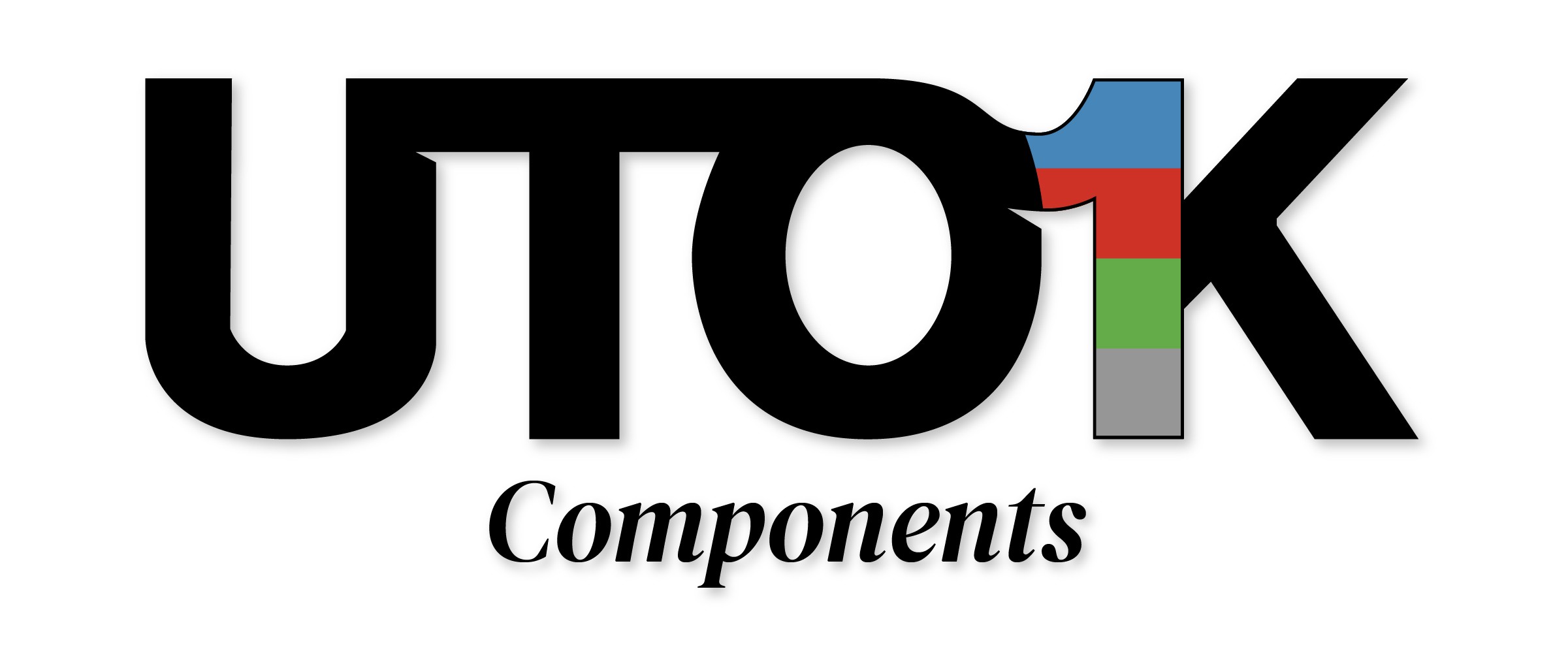


The Unified Theory of Knowledge (UTOK) is a comprehensive framework designed to integrate knowledge across disciplines, offering a deeper understanding of reality, human behavior, consciousness, and culture. It is built upon a set of core concepts, each of which addresses different dimensions of existence and provides insights into the nature of knowledge, behavior, and the human condition.
These concepts form a cohesive system that provides a roadmap for exploring the complexities of existence, from the evolution of life and mind to the dynamics of culture and human relationships. Together, they contribute to a unified, integrative approach for understanding complex phenomena, bridging scientific knowledge with human experience.
ALL
Four Fundamental Problems
Three Philosophical Pillars
UTOK 20
The Garden of UTOK
Unified Theory of Psychology
Unified Approach to Psychotherapy
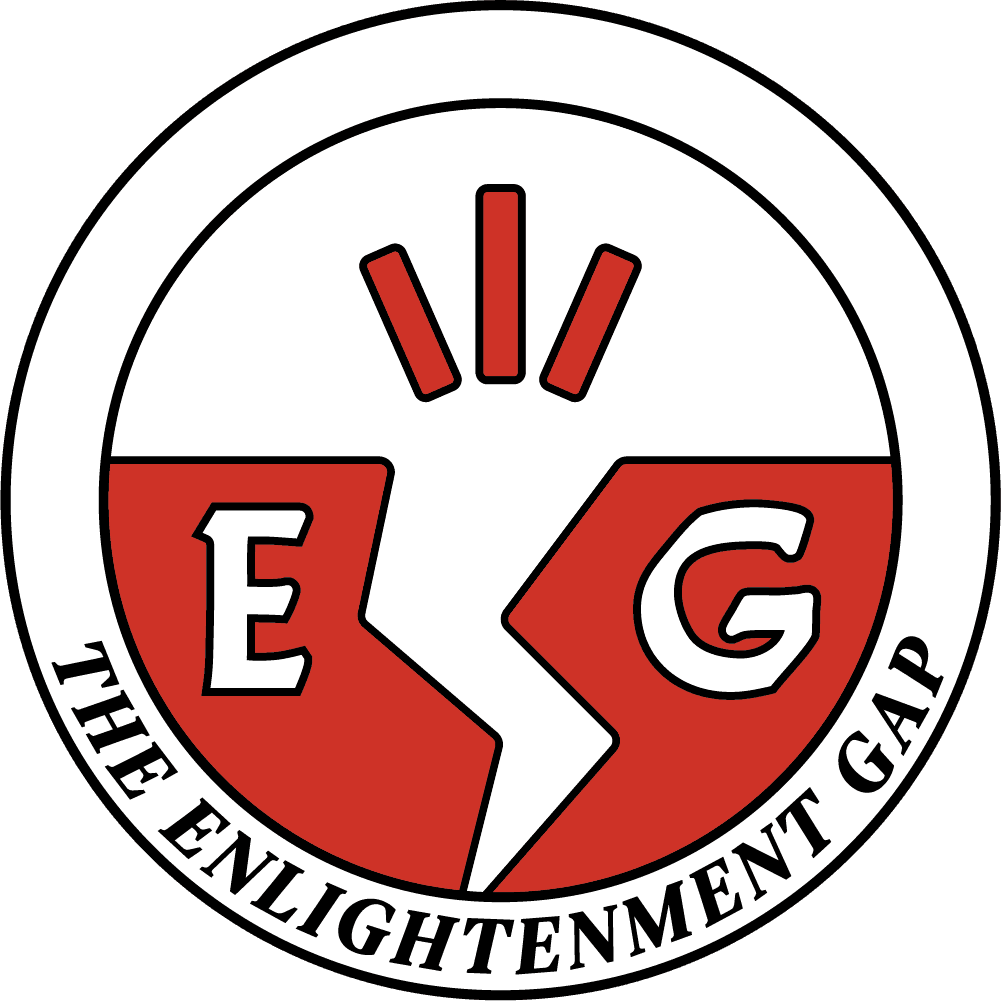
The Enlightenment Gap
The Enlightenment Gap is one of the four core problems that the Unified Theory of Knowledge (UTOK) addresses. It represents the root issue connecting the Problem of Psychology, Problem of Psychotherapy, and Problem of the Psyche, highlighting the failure to integrate scientific knowledge with subjective and social realities.
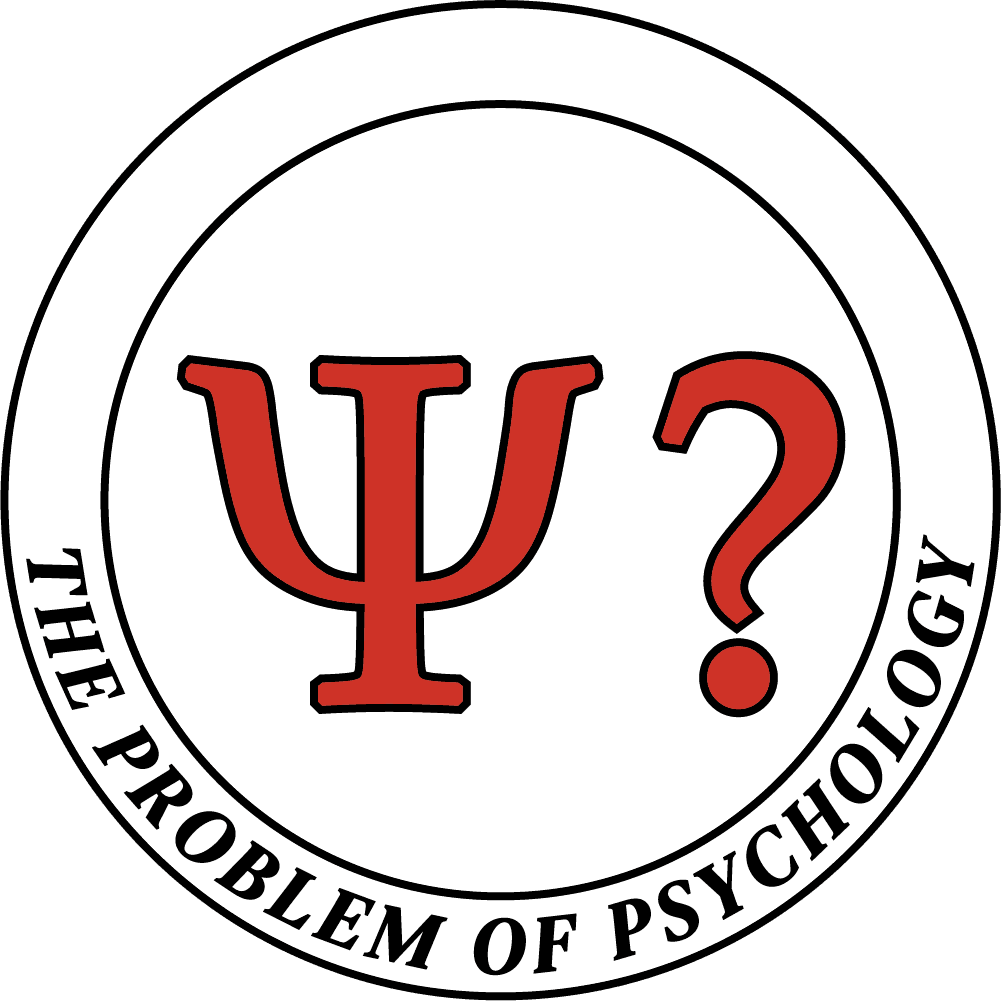
The Problem of Psychology
The Problem of Psychology is one of the four major issues UTOK seeks to resolve. Alongside the Enlightenment Gap, the Problem of Psychotherapy, and the Problem of the Psyche, it addresses psychology's fragmented state and offers a unifying framework to redefine its foundational concepts.
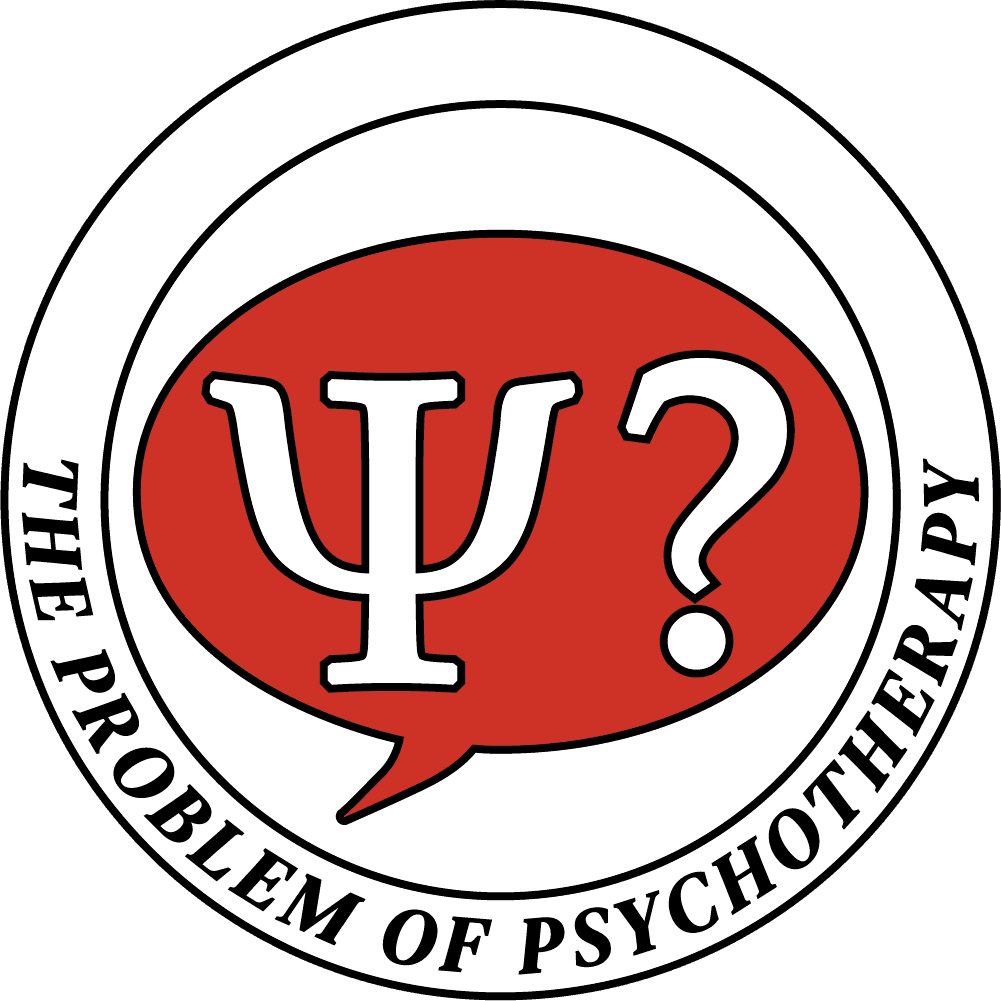
The Problem of Psychotherapy
The Problem of Psychotherapy is one of the four key challenges UTOK tackles, alongside the Enlightenment Gap, the Problem of Psychology, and the Problem of the Psyche. UTOK provides a comprehensive framework to resolve the field's fragmentation and unify diverse therapeutic models.
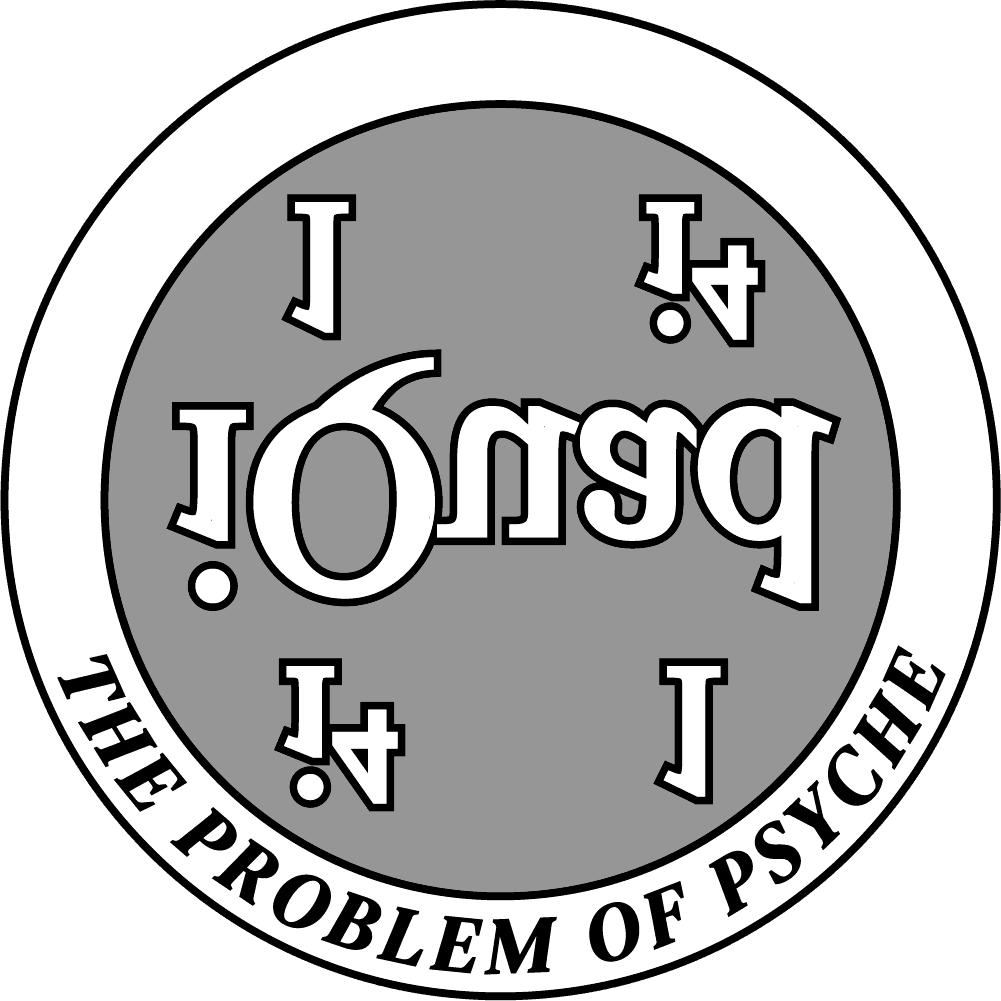
The Problem of Psyche
The Problem of the Psyche is one of the four critical challenges UTOK confronts, alongside the Enlightenment Gap, the Problem of Psychology, and the Problem of Psychotherapy. It explores the nature of subjective experience and how UTOK offers a cohesive approach to integrating the psyche into a scientific framework.

The Tree of Life
The Tree of Life is a central icon in UTOK, representing the integration of science, wisdom, and psychology into a unified whole. It symbolizes the connection between individuals, nature, and transcendent values, guiding the pursuit of wisdom and fulfillment.
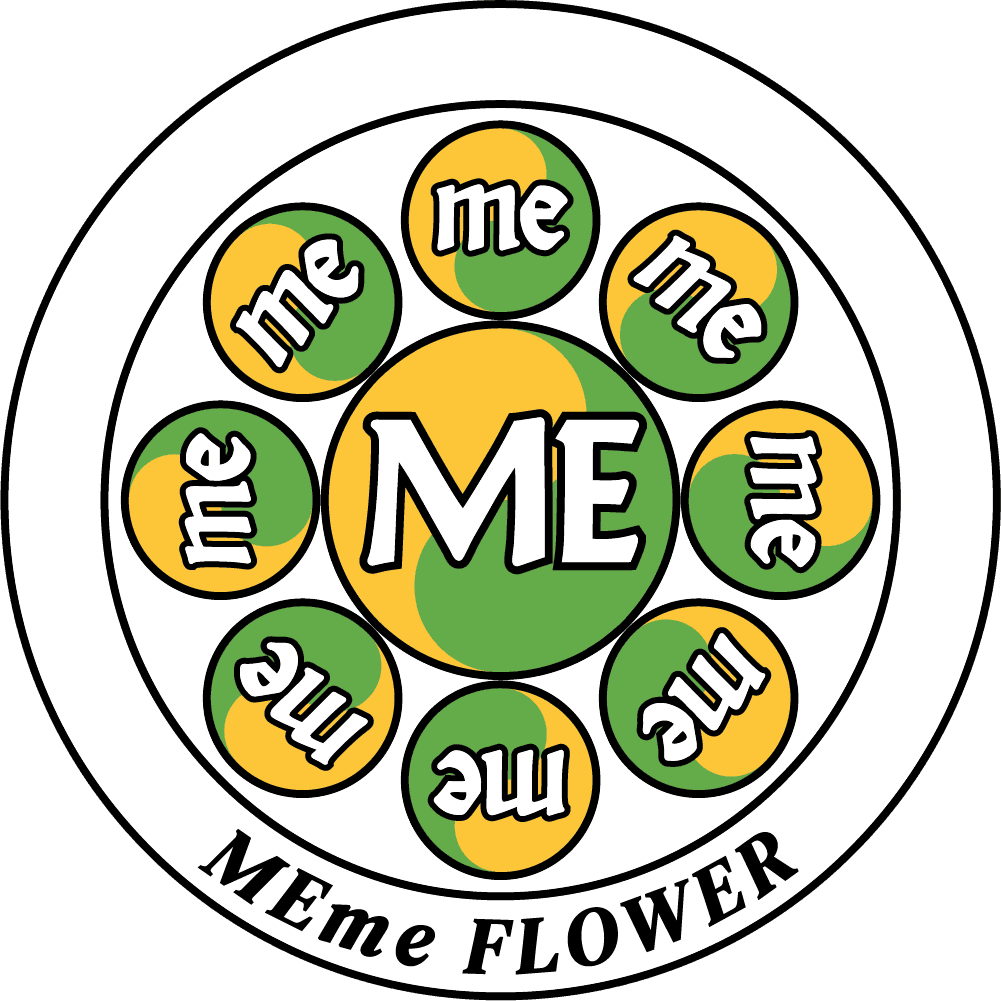
MEme Flower
The MEme Flower is a central symbol in UTOK, representing the integration of metaphysics (m) and empiricism (e). It illustrates how UTOK unites first-person subjective experience with third-person scientific knowledge, connecting individual perspectives (small "me's") to collective systems of understanding (Big "ME").

The Tree of Knowledge System
The Tree of Knowledge (ToK) System is the first of UTOK’s key concepts and forms a cornerstone of its descriptive metaphysical framework. It works in conjunction with the Periodic Table of Behavior and Map of Mind to provide a coherent map of reality from matter to culture.
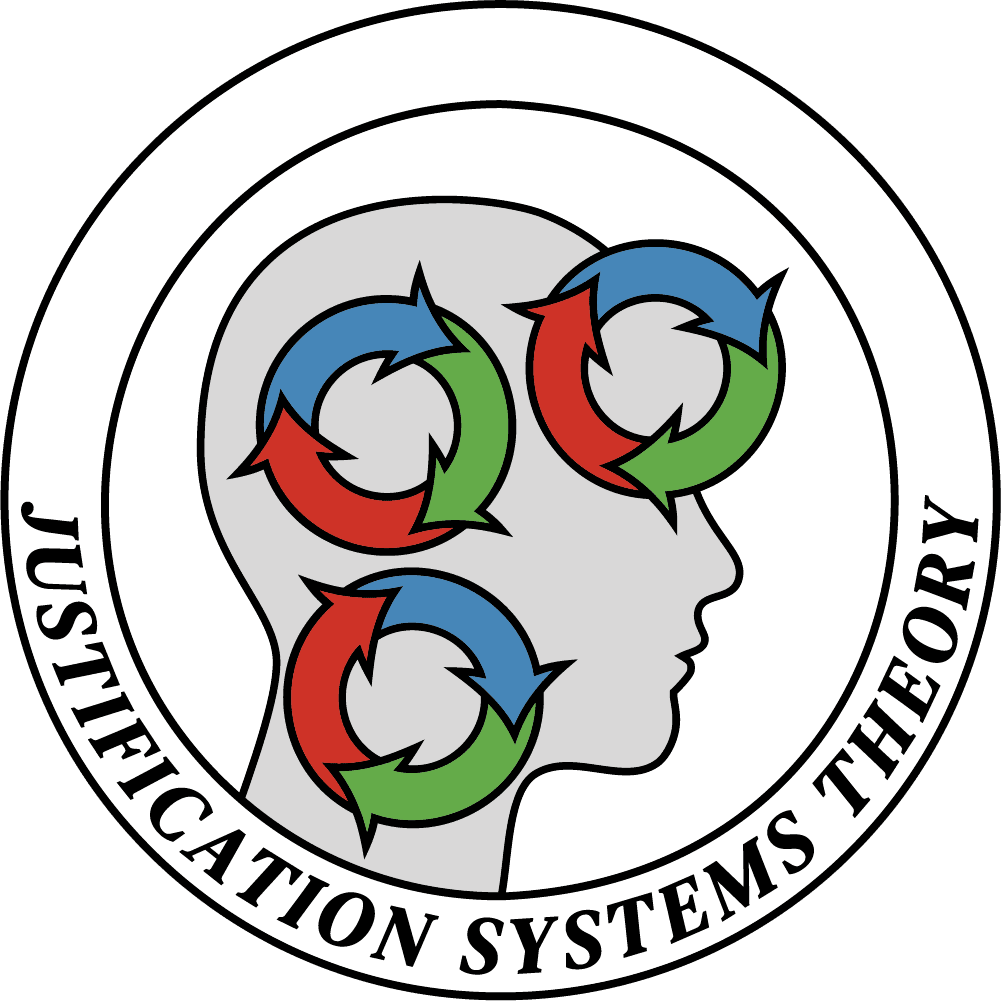
The Justification Systems Theory
Justification Systems Theory (JUST) is foundational to UTOK, offering insights into the evolution of human consciousness on the Culture-Person plane of existence. It serves as a bridge between the Mind and Culture planes within the Tree of Knowledge System, helping to explain human behavior and social systems.

Behavioral Investment Theory
Behavioral Investment Theory (BIT) is a core concept in UTOK that connects the Life and Mind planes in the Tree of Knowledge System. BIT explores how organisms, particularly humans, invest energy and resources in behavior, offering a unified framework for understanding the evolution of mental processes.
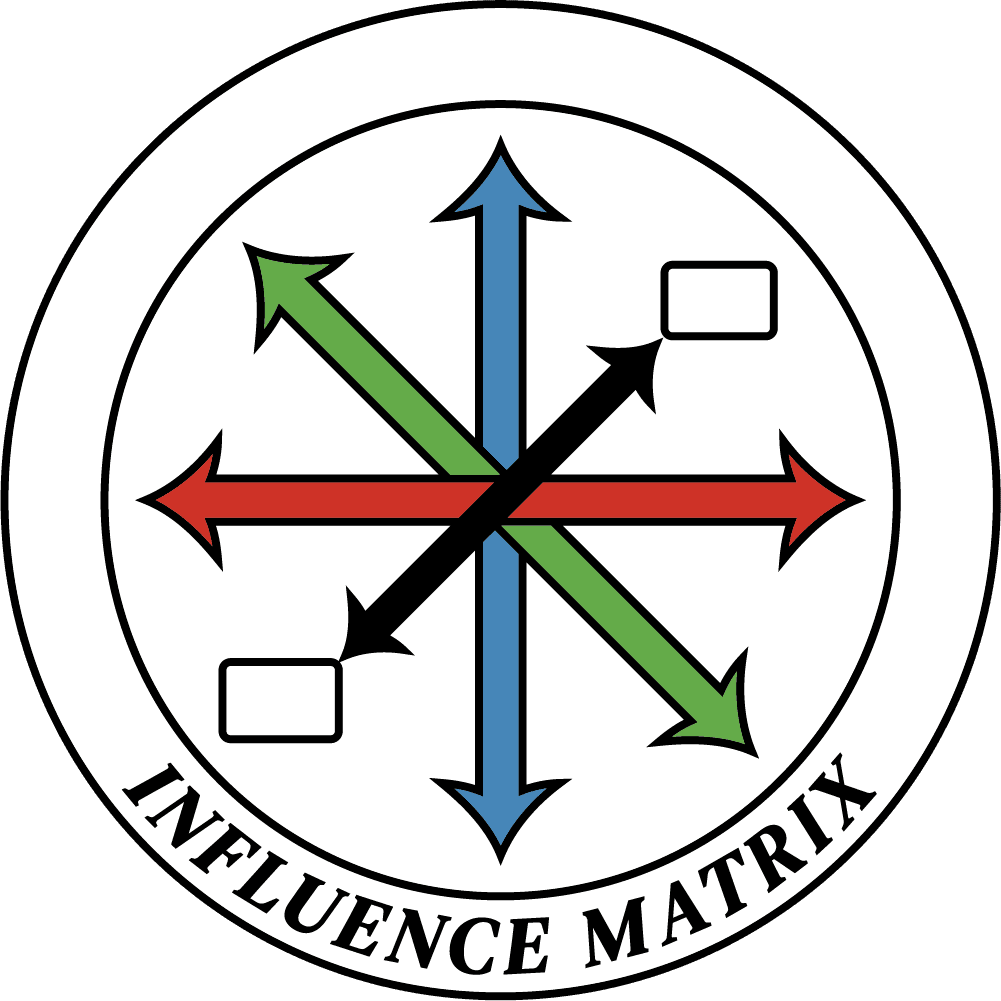
The Influence Matrix
The Influence Matrix is a central element of UTOK, providing a comprehensive map of human relationship systems. It integrates insights from attachment theory and interpersonal dynamics to explain how socio-motivational processes shape self-other relationships and influence human behavior within UTOK’s framework.
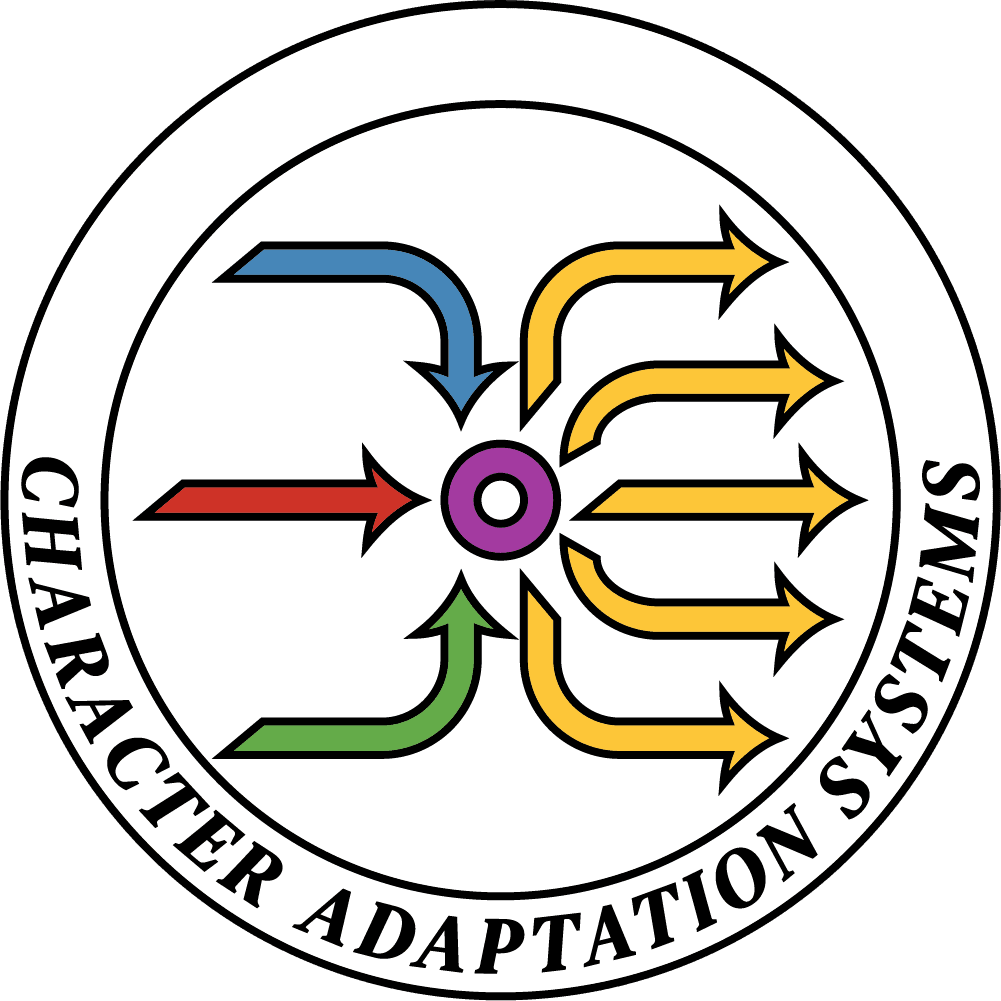
Character Adaptation Systems Theory
Character Adaptation Systems Theory (CAST) is a UTOK model that organizes human personality into five key systems of adaptation. These systems integrate biological, developmental, and cultural factors to create a holistic view of character development across the lifespan.
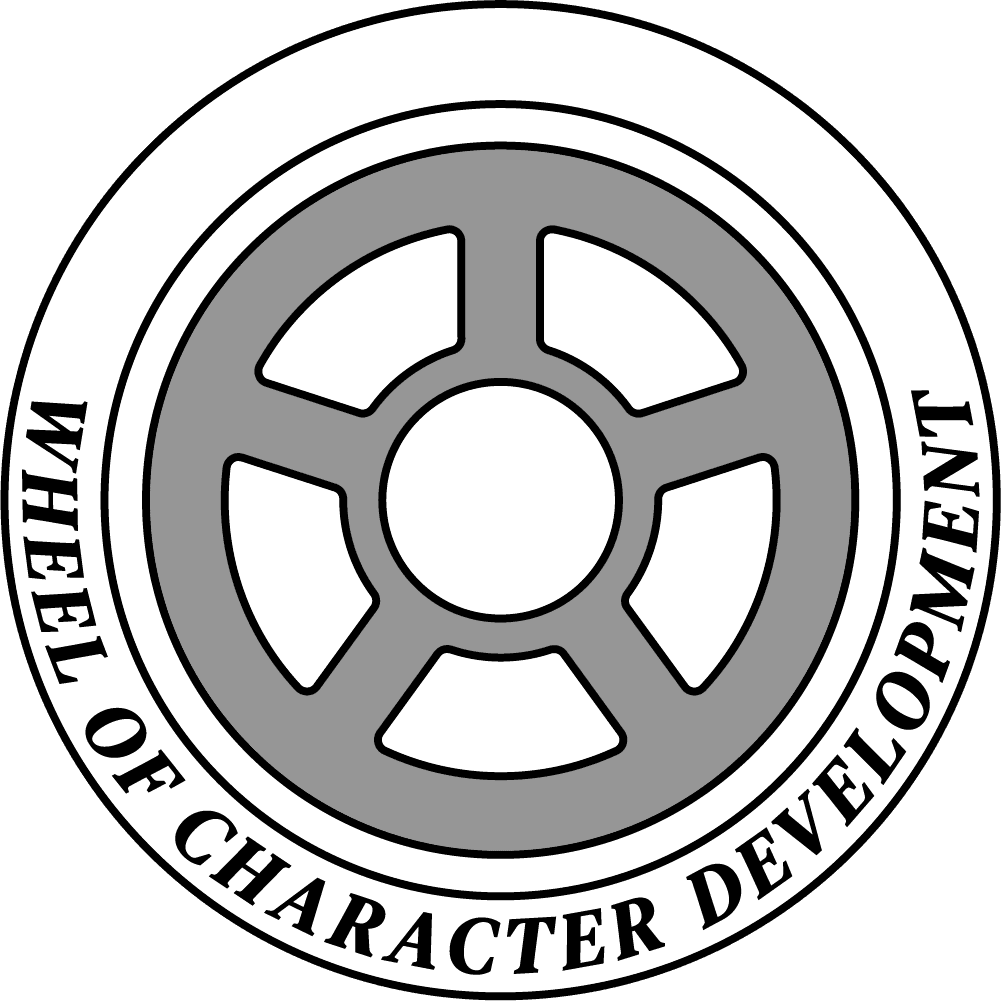
The Wheel of Development
The Wheel of Development is a UTOK model that charts human development across five domains: Traits, Identity, Values and Virtues, Abilities and Talents, and Challenges and Pathologies. It complements Character Adaptation Systems Theory by mapping pathways of character adaptation.
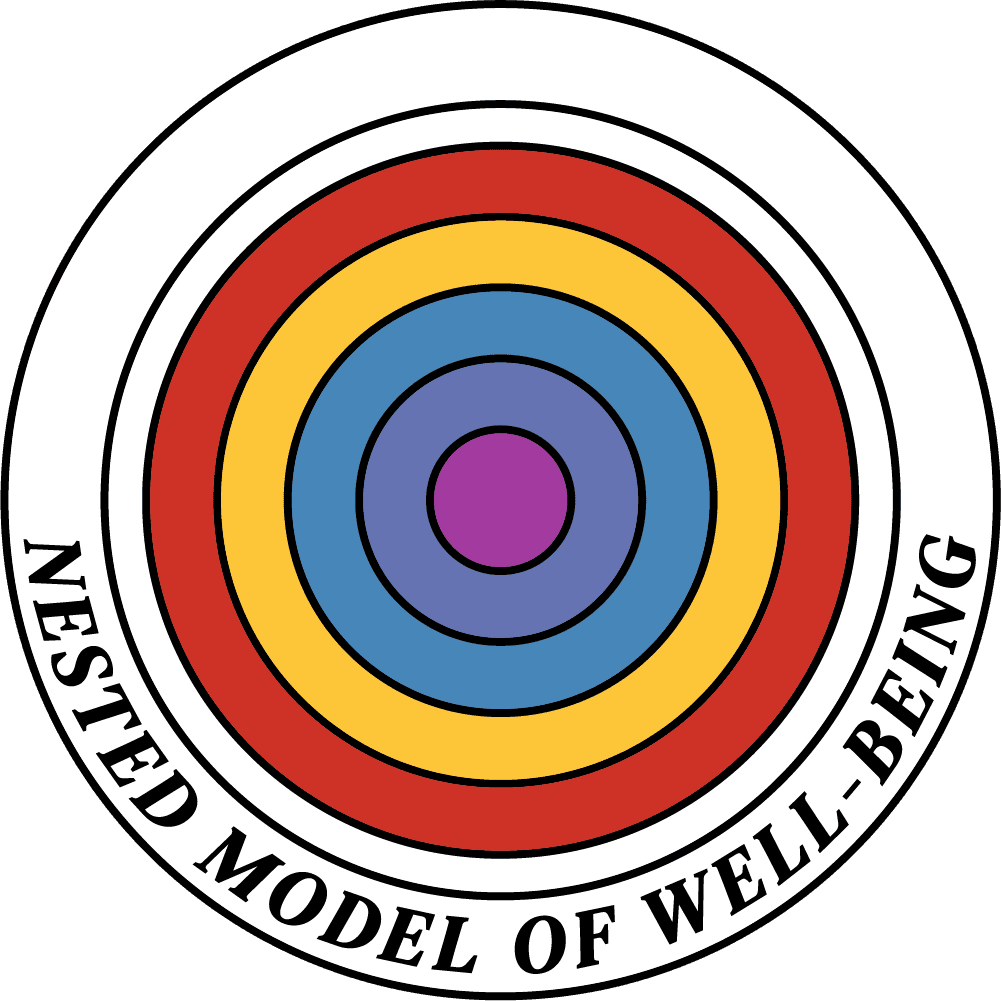
The Nested Model of Well-Being
The Nested Model of Well-Being is a comprehensive framework in UTOK that outlines human well-being across four layers: subjective well-being, health and functioning, environmental context, and ideological values, emphasizing the alignment of these layers for optimal well-being.

CALM-MO
CALM-MO is a psychological mindfulness tool in UTOK designed to interrupt neurotic loops and promote emotional attunement. It combines Curiosity, Acceptance, Loving Compassion, and Motivation (CALM) with a Meta-Observer (MO) perspective to foster healing through reflective emotional regulation.

The Bee of Sophia
The Bee of Sophia, also known as the "WKID WISM Bee," symbolizes the pursuit of deep, reflective knowledge that informs wisdom. It plays a central role in UTOK, representing how knowledge is gathered, transformed, and organized into wisdom, fostering a coherent understanding of the world.
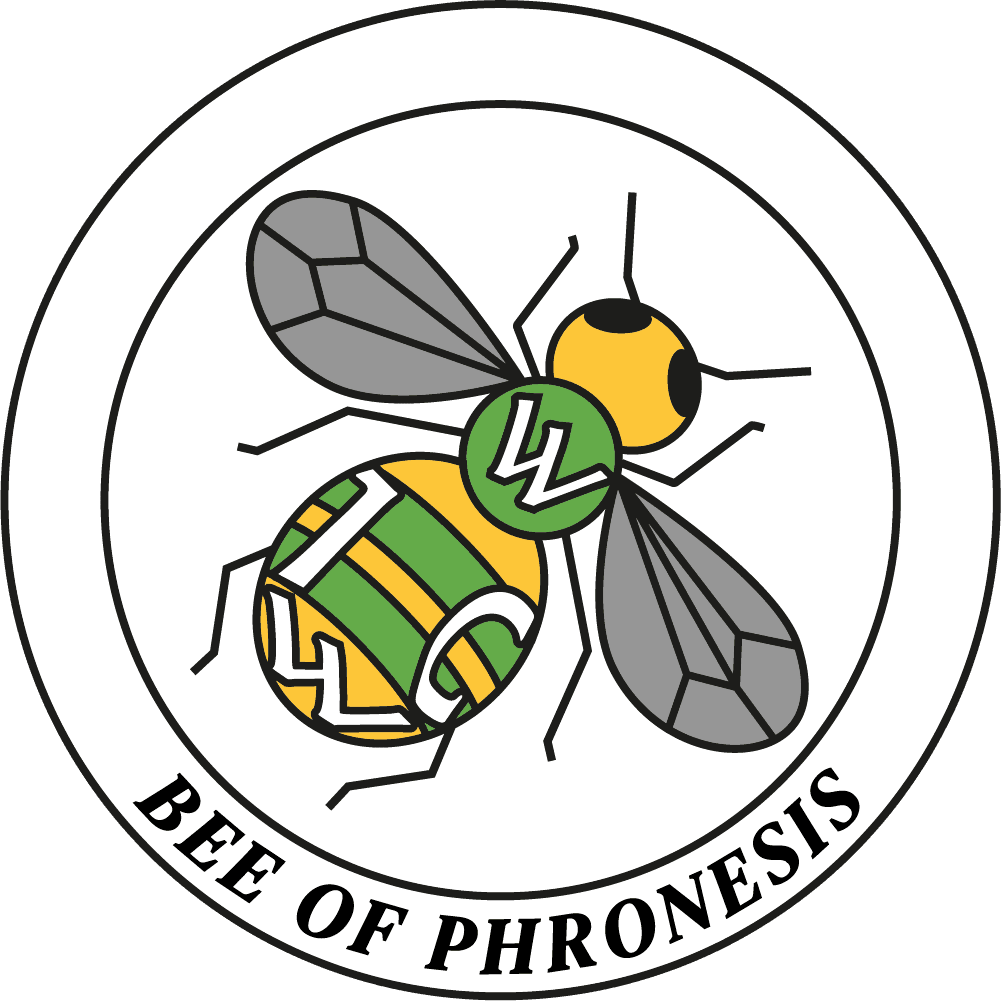
The Bee of Phronesis
The Bee of Phronesis symbolizes practical wisdom in UTOK, representing the integration of knowledge into ethical, real-world action. It reflects the pursuit of growth through wise, thoughtful decisions grounded in both character and well-being.
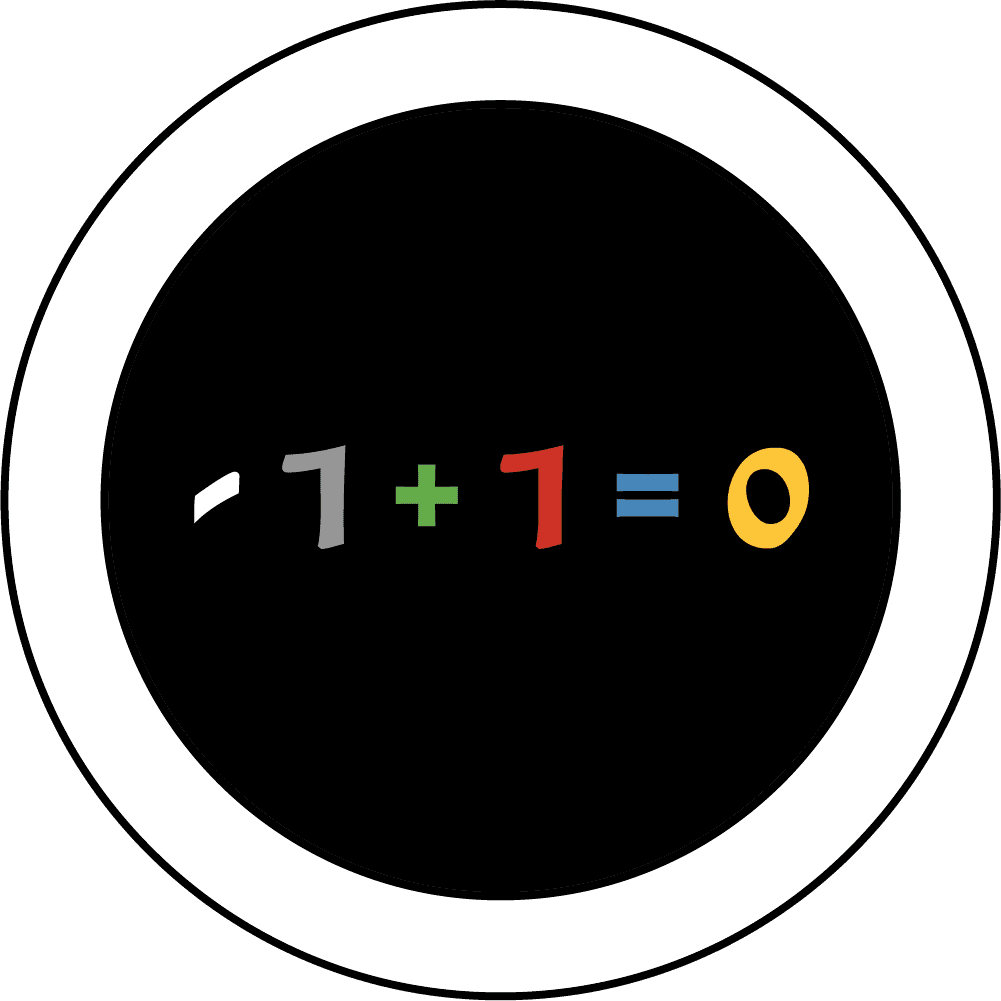
The Radical Mathematical Humanistic Equation
The Radical Mathematical Humanistic Equation (RMH) is a UTOK concept that connects mathematical truth with humanistic values. By linking Euler’s Identity with the Henriques Equivalency, it serves as a metaphysical gateway to unite objective and subjective realities within UTOK's framework.
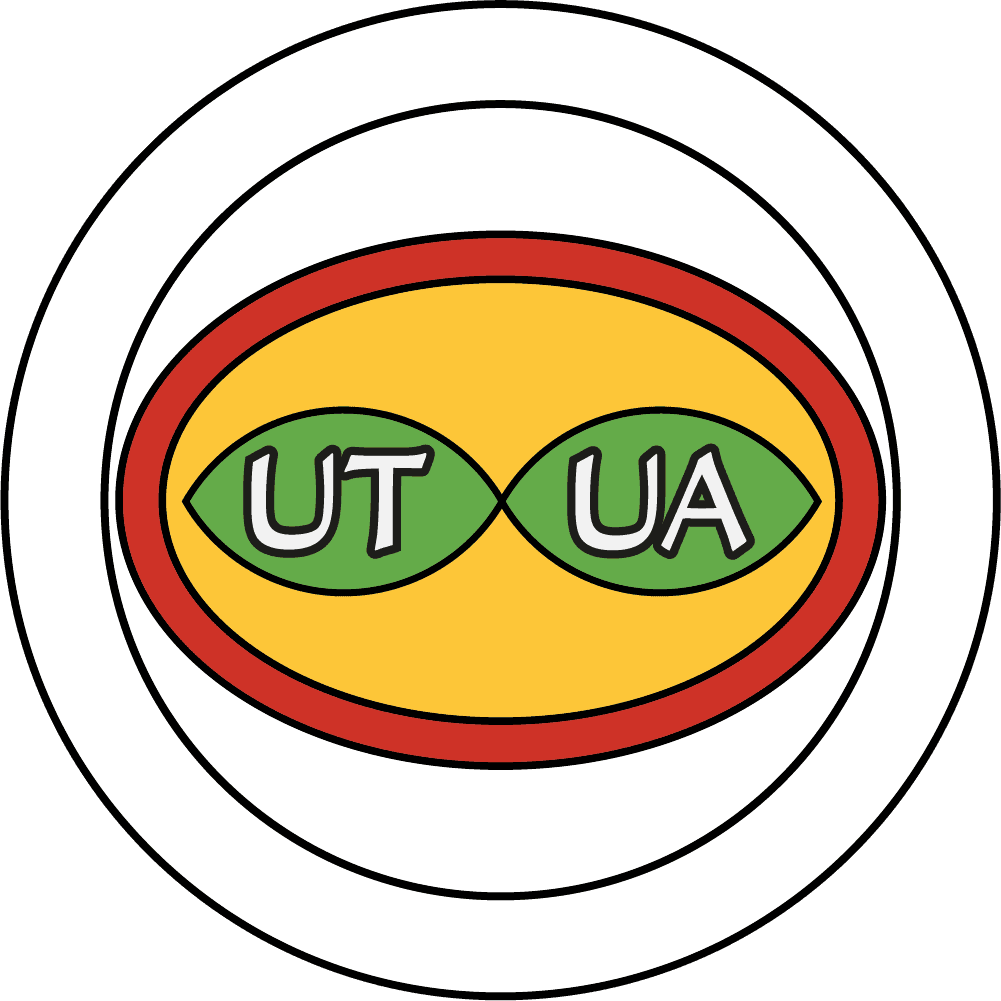
The Educational Infinity Loop
The Educational Infinity Loop represents UTOK’s vision for an integrated educational system that balances scientific precision with humanistic values. It incorporates six domains—Science, Mathematics, Language, Psychology, Social Studies, and Ethics—to foster comprehensive learning across generations.
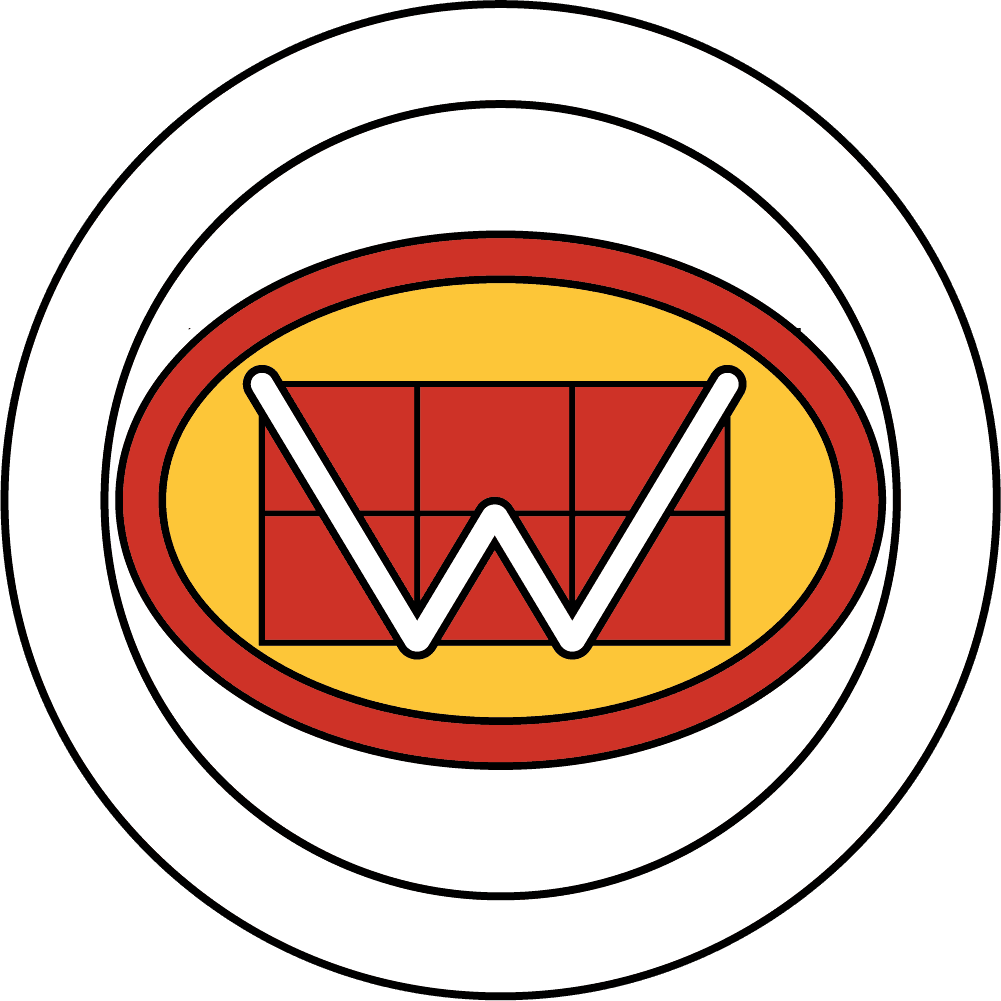
The Wisdom Energy Icon
The Wisdom Energy Icon symbolizes UTOK’s commitment to cultivating wisdom through values like dignity, well-being, and integrity. It represents the goal of channeling wisdom to promote collective well-being, truth, beauty, and goodness across individuals and societies.
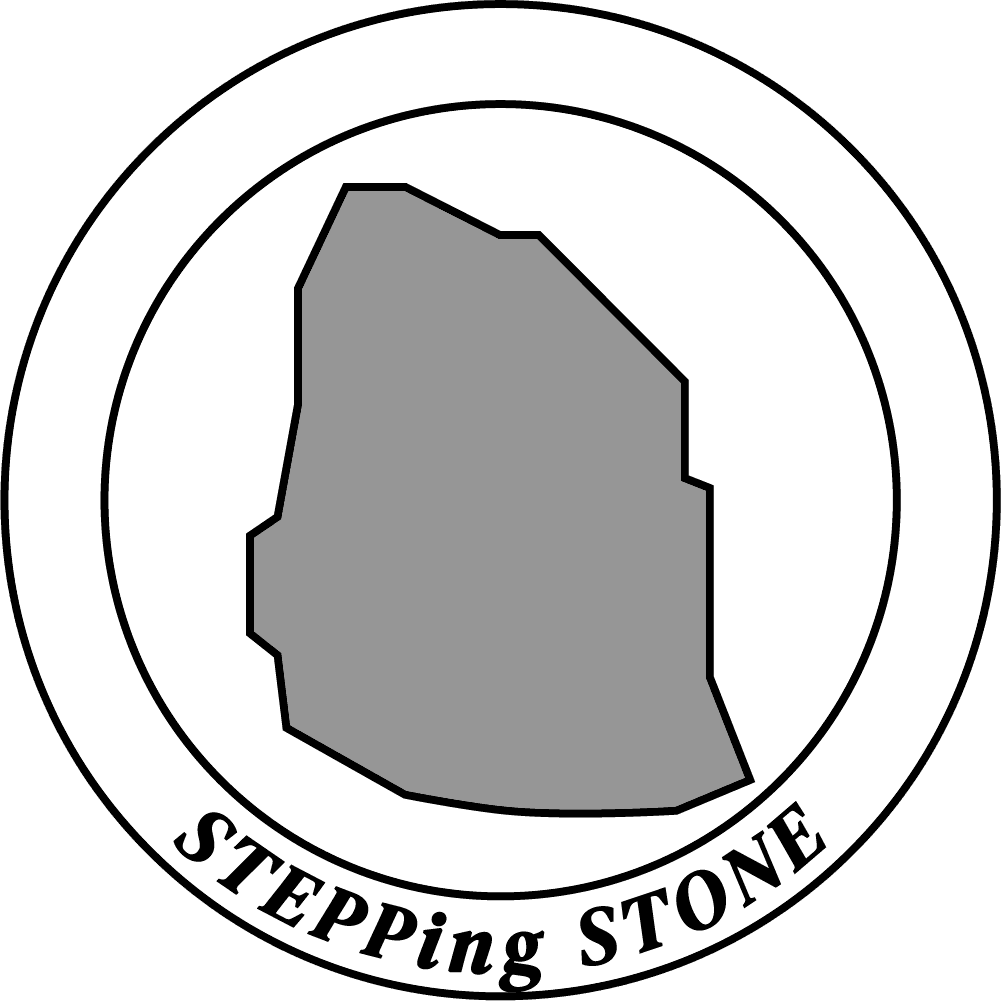
The STEPPing Stone
The STEPPing Stone in UTOK symbolizes the foundational role of the Standard Theory of Elementary Particle Physics (STEPP) in natural science. It highlights the importance of grounding UTOK’s worldview in the physical sciences and the ongoing complexification of the universe.

The Periodic Table of Behavior
The Periodic Table of Behavior (PTB) is UTOK’s comprehensive taxonomy of behavioral patterns, organizing behaviors across three levels of analysis and four dimensions—Matter, Life, Mind, and Culture—to create a unified framework for understanding the evolution of complex behavior.

The Map of Mind
The Map of Mind is a core UTOK model that divides mental processes into neurocognition, subjective experience, and self-conscious justification. It offers a comprehensive framework for understanding internal mental activity in relation to behavior and the external environment.
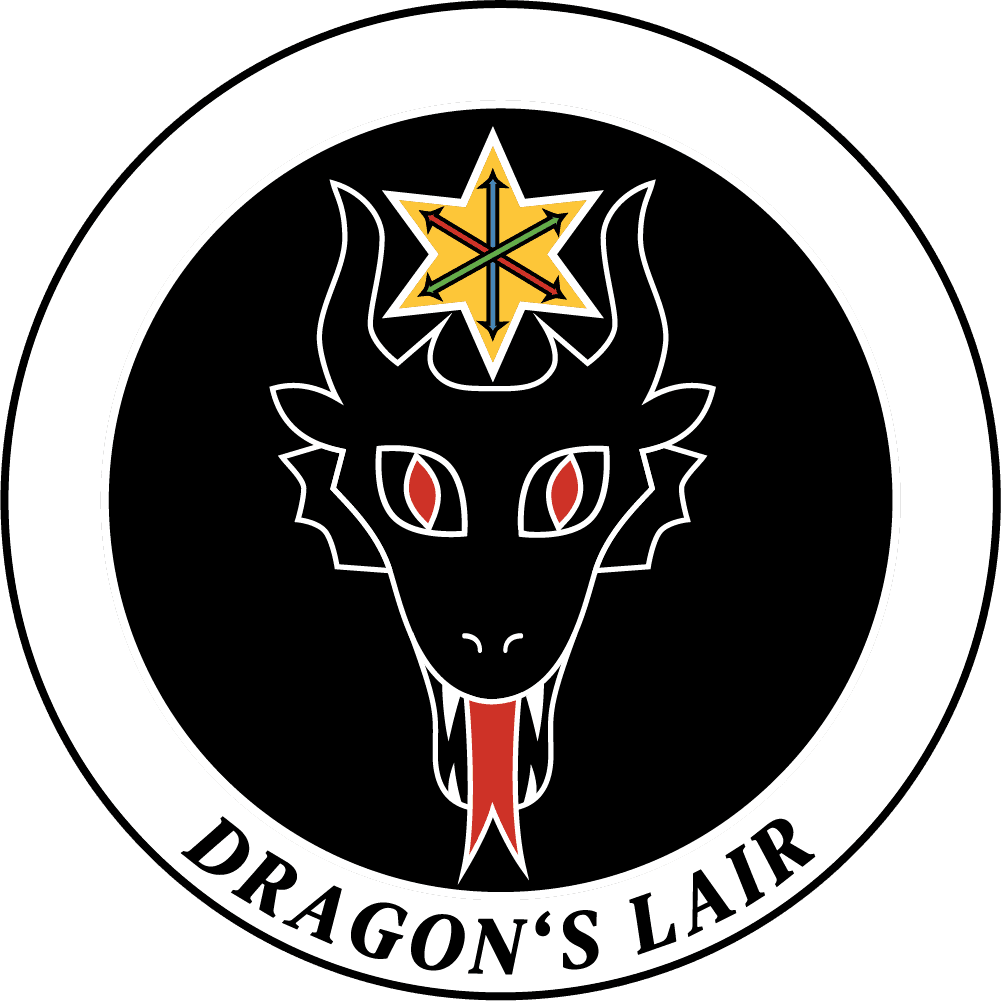
The Dragon's Lair
The Dragon’s Lair is a metaphor in UTOK representing human neurotic suffering, particularly in relation to depression and anxiety. It symbolizes the psychological dynamics of behavioral shutdown, bound by neurotic loops, under the influence of personality disorder patterns.
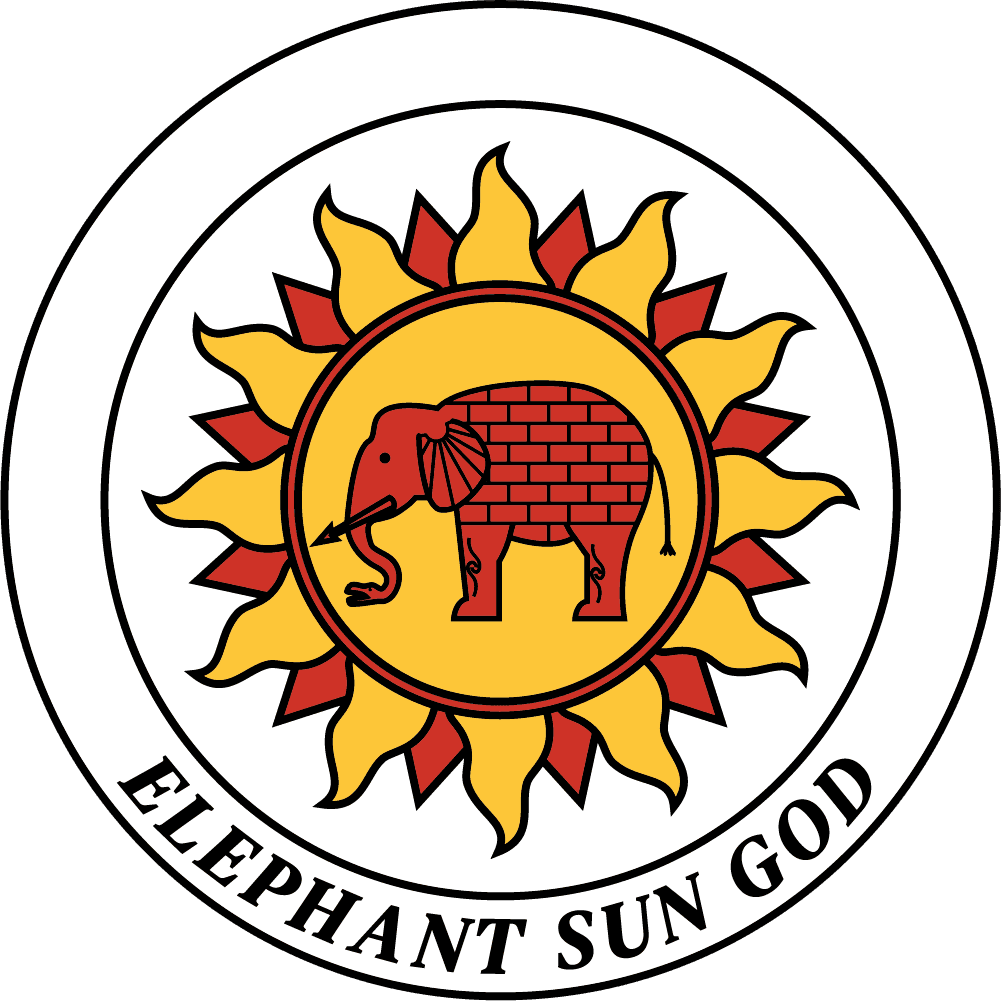
The Elephant Sun God
The Elephant Sun God (ESG) is a symbolic representation in UTOK, embodying transcendent values like Goodness, Truth, and Beauty. It serves as an orienting "north star" for wise living and spiritual transcendence, grounded in a naturalistic framework.
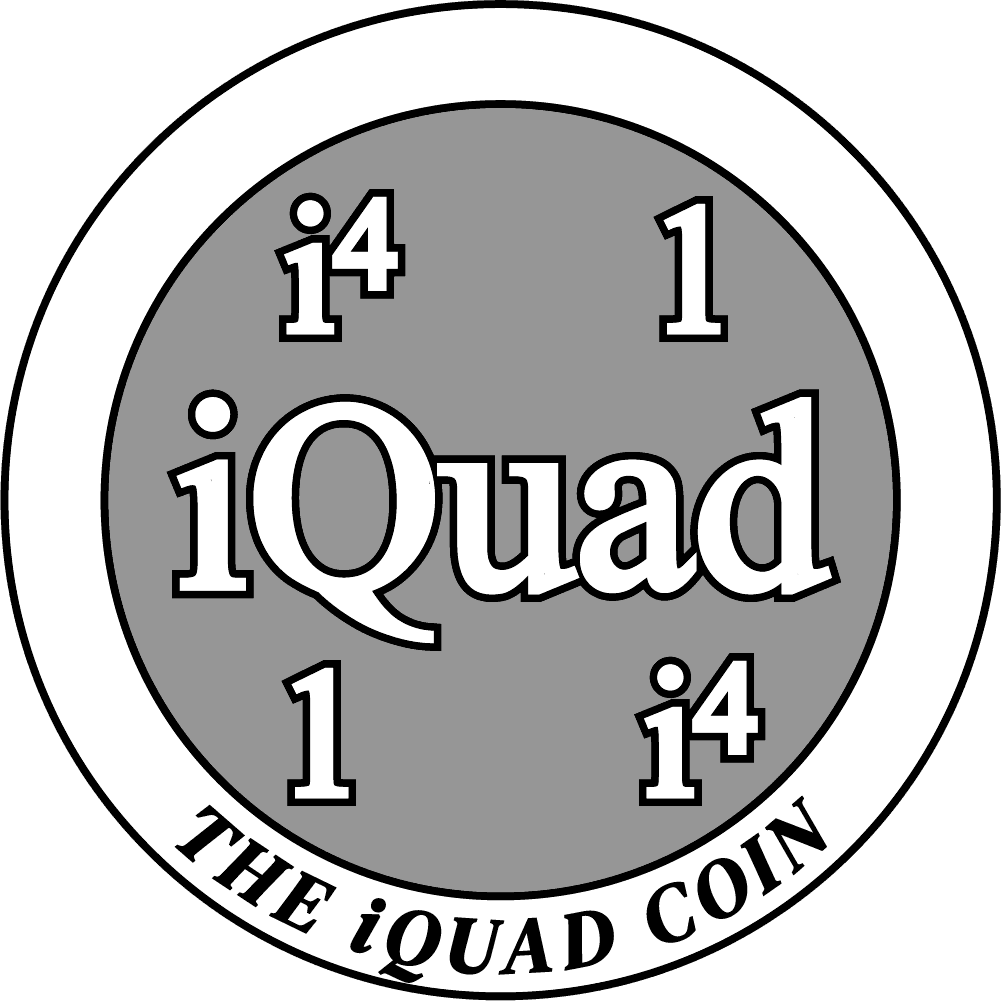
The iQuad Coin
The iQuad Coin is a UTOK framework that integrates subjective conscious experience with objective scientific knowledge. It symbolizes human identity, illustrating how individuals experience and relate to the world through four interrelated aspects: Imaginary, Real, Complex, and Observer.
ALL
Four Fundamental Problems
Three Philosophical Pillars
UTOK 20
The Garden of UTOK
Unified Theory of Psychology
Unified Approach to Psychotherapy

The Enlightenment Gap
The Enlightenment Gap is one of the four core problems that the Unified Theory of Knowledge (UTOK) addresses. It represents the root issue connecting the Problem of Psychology, Problem of Psychotherapy, and Problem of the Psyche, highlighting the failure to integrate scientific knowledge with subjective and social realities.

The Problem of Psychology
The Problem of Psychology is one of the four major issues UTOK seeks to resolve. Alongside the Enlightenment Gap, the Problem of Psychotherapy, and the Problem of the Psyche, it addresses psychology's fragmented state and offers a unifying framework to redefine its foundational concepts.

The Problem of Psychotherapy
The Problem of Psychotherapy is one of the four key challenges UTOK tackles, alongside the Enlightenment Gap, the Problem of Psychology, and the Problem of the Psyche. UTOK provides a comprehensive framework to resolve the field's fragmentation and unify diverse therapeutic models.

The Problem of Psyche
The Problem of the Psyche is one of the four critical challenges UTOK confronts, alongside the Enlightenment Gap, the Problem of Psychology, and the Problem of Psychotherapy. It explores the nature of subjective experience and how UTOK offers a cohesive approach to integrating the psyche into a scientific framework.

The Tree of Life
The Tree of Life is a central icon in UTOK, representing the integration of science, wisdom, and psychology into a unified whole. It symbolizes the connection between individuals, nature, and transcendent values, guiding the pursuit of wisdom and fulfillment.

MEme Flower
The MEme Flower is a central symbol in UTOK, representing the integration of metaphysics (m) and empiricism (e). It illustrates how UTOK unites first-person subjective experience with third-person scientific knowledge, connecting individual perspectives (small "me's") to collective systems of understanding (Big "ME").

The Tree of Knowledge System
The Tree of Knowledge (ToK) System is the first of UTOK’s key concepts and forms a cornerstone of its descriptive metaphysical framework. It works in conjunction with the Periodic Table of Behavior and Map of Mind to provide a coherent map of reality from matter to culture.

The Justification Systems Theory
Justification Systems Theory (JUST) is foundational to UTOK, offering insights into the evolution of human consciousness on the Culture-Person plane of existence. It serves as a bridge between the Mind and Culture planes within the Tree of Knowledge System, helping to explain human behavior and social systems.

Behavioral Investment Theory
Behavioral Investment Theory (BIT) is a core concept in UTOK that connects the Life and Mind planes in the Tree of Knowledge System. BIT explores how organisms, particularly humans, invest energy and resources in behavior, offering a unified framework for understanding the evolution of mental processes.

The Influence Matrix
The Influence Matrix is a central element of UTOK, providing a comprehensive map of human relationship systems. It integrates insights from attachment theory and interpersonal dynamics to explain how socio-motivational processes shape self-other relationships and influence human behavior within UTOK’s framework.

Character Adaptation Systems Theory
Character Adaptation Systems Theory (CAST) is a UTOK model that organizes human personality into five key systems of adaptation. These systems integrate biological, developmental, and cultural factors to create a holistic view of character development across the lifespan.

The Wheel of Development
The Wheel of Development is a UTOK model that charts human development across five domains: Traits, Identity, Values and Virtues, Abilities and Talents, and Challenges and Pathologies. It complements Character Adaptation Systems Theory by mapping pathways of character adaptation.

The Nested Model of Well-Being
The Nested Model of Well-Being is a comprehensive framework in UTOK that outlines human well-being across four layers: subjective well-being, health and functioning, environmental context, and ideological values, emphasizing the alignment of these layers for optimal well-being.

CALM-MO
CALM-MO is a psychological mindfulness tool in UTOK designed to interrupt neurotic loops and promote emotional attunement. It combines Curiosity, Acceptance, Loving Compassion, and Motivation (CALM) with a Meta-Observer (MO) perspective to foster healing through reflective emotional regulation.

The Bee of Sophia
The Bee of Sophia, also known as the "WKID WISM Bee," symbolizes the pursuit of deep, reflective knowledge that informs wisdom. It plays a central role in UTOK, representing how knowledge is gathered, transformed, and organized into wisdom, fostering a coherent understanding of the world.

The Bee of Phronesis
The Bee of Phronesis symbolizes practical wisdom in UTOK, representing the integration of knowledge into ethical, real-world action. It reflects the pursuit of growth through wise, thoughtful decisions grounded in both character and well-being.

The Radical Mathematical Humanistic Equation
The Radical Mathematical Humanistic Equation (RMH) is a UTOK concept that connects mathematical truth with humanistic values. By linking Euler’s Identity with the Henriques Equivalency, it serves as a metaphysical gateway to unite objective and subjective realities within UTOK's framework.

The Educational Infinity Loop
The Educational Infinity Loop represents UTOK’s vision for an integrated educational system that balances scientific precision with humanistic values. It incorporates six domains—Science, Mathematics, Language, Psychology, Social Studies, and Ethics—to foster comprehensive learning across generations.

The Wisdom Energy Icon
The Wisdom Energy Icon symbolizes UTOK’s commitment to cultivating wisdom through values like dignity, well-being, and integrity. It represents the goal of channeling wisdom to promote collective well-being, truth, beauty, and goodness across individuals and societies.

The STEPPing Stone
The STEPPing Stone in UTOK symbolizes the foundational role of the Standard Theory of Elementary Particle Physics (STEPP) in natural science. It highlights the importance of grounding UTOK’s worldview in the physical sciences and the ongoing complexification of the universe.

The Periodic Table of Behavior
The Periodic Table of Behavior (PTB) is UTOK’s comprehensive taxonomy of behavioral patterns, organizing behaviors across three levels of analysis and four dimensions—Matter, Life, Mind, and Culture—to create a unified framework for understanding the evolution of complex behavior.

The Map of Mind
The Map of Mind is a core UTOK model that divides mental processes into neurocognition, subjective experience, and self-conscious justification. It offers a comprehensive framework for understanding internal mental activity in relation to behavior and the external environment.

The Dragon's Lair
The Dragon’s Lair is a metaphor in UTOK representing human neurotic suffering, particularly in relation to depression and anxiety. It symbolizes the psychological dynamics of behavioral shutdown, bound by neurotic loops, under the influence of personality disorder patterns.

The Elephant Sun God
The Elephant Sun God (ESG) is a symbolic representation in UTOK, embodying transcendent values like Goodness, Truth, and Beauty. It serves as an orienting "north star" for wise living and spiritual transcendence, grounded in a naturalistic framework.

The iQuad Coin
The iQuad Coin is a UTOK framework that integrates subjective conscious experience with objective scientific knowledge. It symbolizes human identity, illustrating how individuals experience and relate to the world through four interrelated aspects: Imaginary, Real, Complex, and Observer.
ALL
Four Fundamental Problems
Three Philosophical Pillars
UTOK 20
The Garden of UTOK
Unified Theory of Psychology
Unified Approach to Psychotherapy

The Enlightenment Gap
The Enlightenment Gap is one of the four core problems that the Unified Theory of Knowledge (UTOK) addresses. It represents the root issue connecting the Problem of Psychology, Problem of Psychotherapy, and Problem of the Psyche, highlighting the failure to integrate scientific knowledge with subjective and social realities.

The Problem of Psychology
The Problem of Psychology is one of the four major issues UTOK seeks to resolve. Alongside the Enlightenment Gap, the Problem of Psychotherapy, and the Problem of the Psyche, it addresses psychology's fragmented state and offers a unifying framework to redefine its foundational concepts.

The Problem of Psychotherapy
The Problem of Psychotherapy is one of the four key challenges UTOK tackles, alongside the Enlightenment Gap, the Problem of Psychology, and the Problem of the Psyche. UTOK provides a comprehensive framework to resolve the field's fragmentation and unify diverse therapeutic models.

The Problem of Psyche
The Problem of the Psyche is one of the four critical challenges UTOK confronts, alongside the Enlightenment Gap, the Problem of Psychology, and the Problem of Psychotherapy. It explores the nature of subjective experience and how UTOK offers a cohesive approach to integrating the psyche into a scientific framework.

The Tree of Life
The Tree of Life is a central icon in UTOK, representing the integration of science, wisdom, and psychology into a unified whole. It symbolizes the connection between individuals, nature, and transcendent values, guiding the pursuit of wisdom and fulfillment.

MEme Flower
The MEme Flower is a central symbol in UTOK, representing the integration of metaphysics (m) and empiricism (e). It illustrates how UTOK unites first-person subjective experience with third-person scientific knowledge, connecting individual perspectives (small "me's") to collective systems of understanding (Big "ME").

The Tree of Knowledge System
The Tree of Knowledge (ToK) System is the first of UTOK’s key concepts and forms a cornerstone of its descriptive metaphysical framework. It works in conjunction with the Periodic Table of Behavior and Map of Mind to provide a coherent map of reality from matter to culture.

The Justification Systems Theory
Justification Systems Theory (JUST) is foundational to UTOK, offering insights into the evolution of human consciousness on the Culture-Person plane of existence. It serves as a bridge between the Mind and Culture planes within the Tree of Knowledge System, helping to explain human behavior and social systems.

Behavioral Investment Theory
Behavioral Investment Theory (BIT) is a core concept in UTOK that connects the Life and Mind planes in the Tree of Knowledge System. BIT explores how organisms, particularly humans, invest energy and resources in behavior, offering a unified framework for understanding the evolution of mental processes.

The Influence Matrix
The Influence Matrix is a central element of UTOK, providing a comprehensive map of human relationship systems. It integrates insights from attachment theory and interpersonal dynamics to explain how socio-motivational processes shape self-other relationships and influence human behavior within UTOK’s framework.

Character Adaptation Systems Theory
Character Adaptation Systems Theory (CAST) is a UTOK model that organizes human personality into five key systems of adaptation. These systems integrate biological, developmental, and cultural factors to create a holistic view of character development across the lifespan.

The Wheel of Development
The Wheel of Development is a UTOK model that charts human development across five domains: Traits, Identity, Values and Virtues, Abilities and Talents, and Challenges and Pathologies. It complements Character Adaptation Systems Theory by mapping pathways of character adaptation.

The Nested Model of Well-Being
The Nested Model of Well-Being is a comprehensive framework in UTOK that outlines human well-being across four layers: subjective well-being, health and functioning, environmental context, and ideological values, emphasizing the alignment of these layers for optimal well-being.

CALM-MO
CALM-MO is a psychological mindfulness tool in UTOK designed to interrupt neurotic loops and promote emotional attunement. It combines Curiosity, Acceptance, Loving Compassion, and Motivation (CALM) with a Meta-Observer (MO) perspective to foster healing through reflective emotional regulation.

The Bee of Sophia
The Bee of Sophia, also known as the "WKID WISM Bee," symbolizes the pursuit of deep, reflective knowledge that informs wisdom. It plays a central role in UTOK, representing how knowledge is gathered, transformed, and organized into wisdom, fostering a coherent understanding of the world.

The Bee of Phronesis
The Bee of Phronesis symbolizes practical wisdom in UTOK, representing the integration of knowledge into ethical, real-world action. It reflects the pursuit of growth through wise, thoughtful decisions grounded in both character and well-being.

The Radical Mathematical Humanistic Equation
The Radical Mathematical Humanistic Equation (RMH) is a UTOK concept that connects mathematical truth with humanistic values. By linking Euler’s Identity with the Henriques Equivalency, it serves as a metaphysical gateway to unite objective and subjective realities within UTOK's framework.

The Educational Infinity Loop
The Educational Infinity Loop represents UTOK’s vision for an integrated educational system that balances scientific precision with humanistic values. It incorporates six domains—Science, Mathematics, Language, Psychology, Social Studies, and Ethics—to foster comprehensive learning across generations.

The Wisdom Energy Icon
The Wisdom Energy Icon symbolizes UTOK’s commitment to cultivating wisdom through values like dignity, well-being, and integrity. It represents the goal of channeling wisdom to promote collective well-being, truth, beauty, and goodness across individuals and societies.

The STEPPing Stone
The STEPPing Stone in UTOK symbolizes the foundational role of the Standard Theory of Elementary Particle Physics (STEPP) in natural science. It highlights the importance of grounding UTOK’s worldview in the physical sciences and the ongoing complexification of the universe.

The Periodic Table of Behavior
The Periodic Table of Behavior (PTB) is UTOK’s comprehensive taxonomy of behavioral patterns, organizing behaviors across three levels of analysis and four dimensions—Matter, Life, Mind, and Culture—to create a unified framework for understanding the evolution of complex behavior.

The Map of Mind
The Map of Mind is a core UTOK model that divides mental processes into neurocognition, subjective experience, and self-conscious justification. It offers a comprehensive framework for understanding internal mental activity in relation to behavior and the external environment.

The Dragon's Lair
The Dragon’s Lair is a metaphor in UTOK representing human neurotic suffering, particularly in relation to depression and anxiety. It symbolizes the psychological dynamics of behavioral shutdown, bound by neurotic loops, under the influence of personality disorder patterns.

The Elephant Sun God
The Elephant Sun God (ESG) is a symbolic representation in UTOK, embodying transcendent values like Goodness, Truth, and Beauty. It serves as an orienting "north star" for wise living and spiritual transcendence, grounded in a naturalistic framework.

The iQuad Coin
The iQuad Coin is a UTOK framework that integrates subjective conscious experience with objective scientific knowledge. It symbolizes human identity, illustrating how individuals experience and relate to the world through four interrelated aspects: Imaginary, Real, Complex, and Observer.



